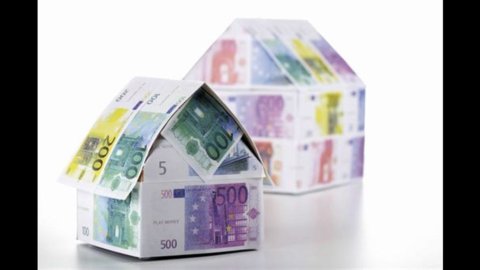The tax most hated by Italians has a hidden face, and it is the most formidable. The mayors of half of Italy are battling the government to review the conditions of the IMU and many are calling for its complete abolition. But be careful: the clash only concerns the tax on first homes, the one abolished in 2008 (when there was still talk of ICI) by the Berlusconi team. However, the real sting will come from the Imu on second homes. Even if citizens are already accustomed to paying taxes on these properties, compared to the ICI, the new tax promises to be much heavier. In some cases, a real surprise.
First of all, with the revolution introduced by the Monti government, the criterion on the basis of which we distinguish between a first and second home changes. In the Bocconian reform, a "main residence" is defined as a property in which the owner "habits habitually and resides by birth". In short, it is not enough to have a tax residence here: you really need to live there. This means that an elderly person admitted to a nursing home will pay the IMU on his home as if it were a second home. On this point the ICI criteria were much milder. In the past, for example, even the one granted on loan for use to the children was considered a first home.
But it's not over. Another fundamental aspect is that for second homes there is no deduction. Obvious, but it is still worth emphasizing this point, considering that instead on the first houses the IMU deductions are much more generous than those we were used to with the ICI: they go from 103,29 to 200 euros, with plus another 50 euros deductible for each dependent child (up to 26 years of age). In short, the most advantageous feature of the new tax disappears completely when we talk about second homes.
It then remains to be defined the rate node, which start from a revalued tax base of 60%. The standard level is set for second homes at 0,76%. Municipalities will be able to increase or decrease it by 0,3%, therefore between a maximum of 1,06% and a minimum of 0,46%. Unfortunately, however, it is easy to predict that no administration will go so far, simply because in doing so it would collect practically nothing.
The mayors will be able to collect all the funds deriving from the Imu on the first home, but on all the other homes - including those rented - half of the standard rates, i.e. 0,38%, will be withdrawn from the State. And taxation will be the same for everyone, regardless of the rate they decide to impose. The choice doesn't seem difficult.





